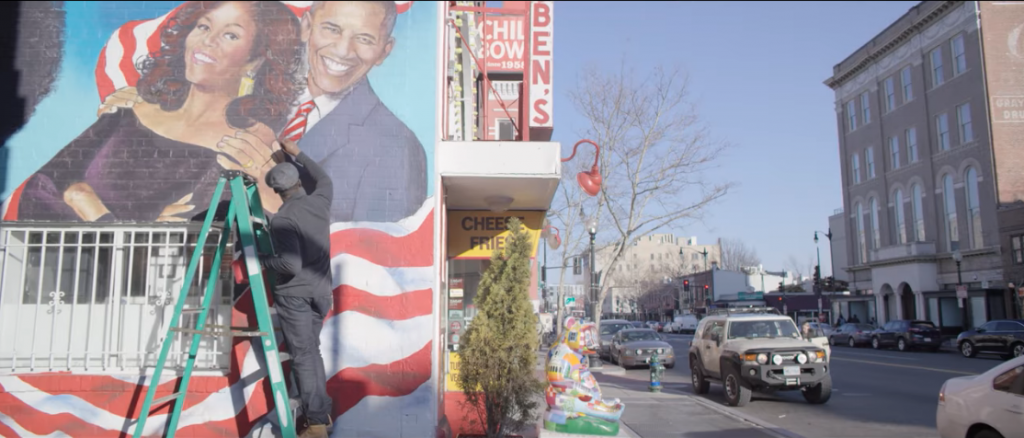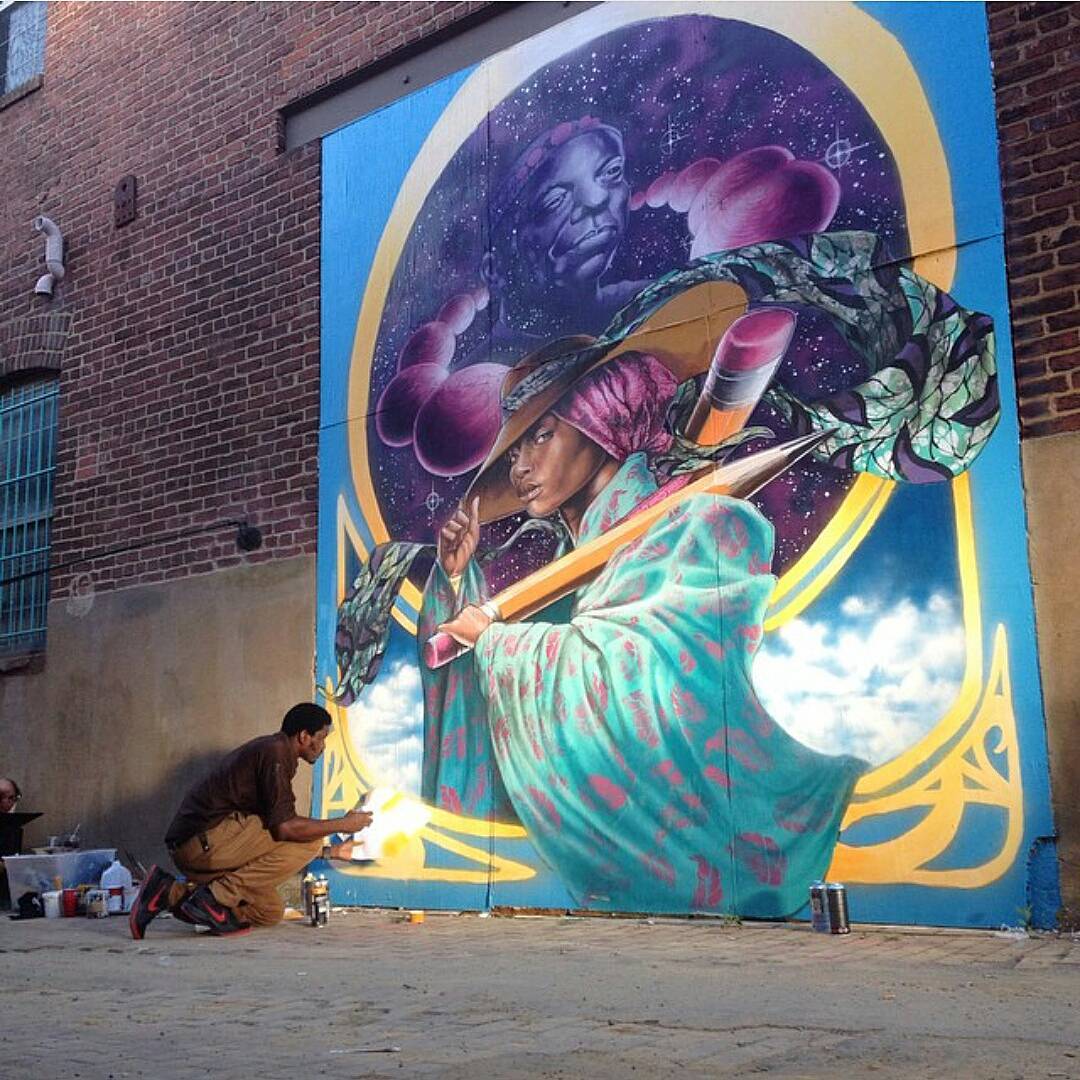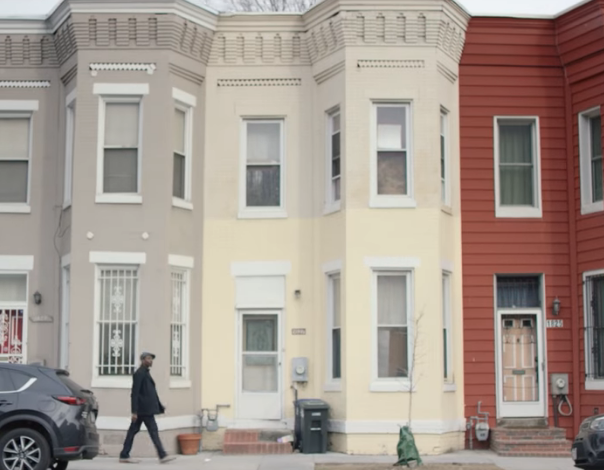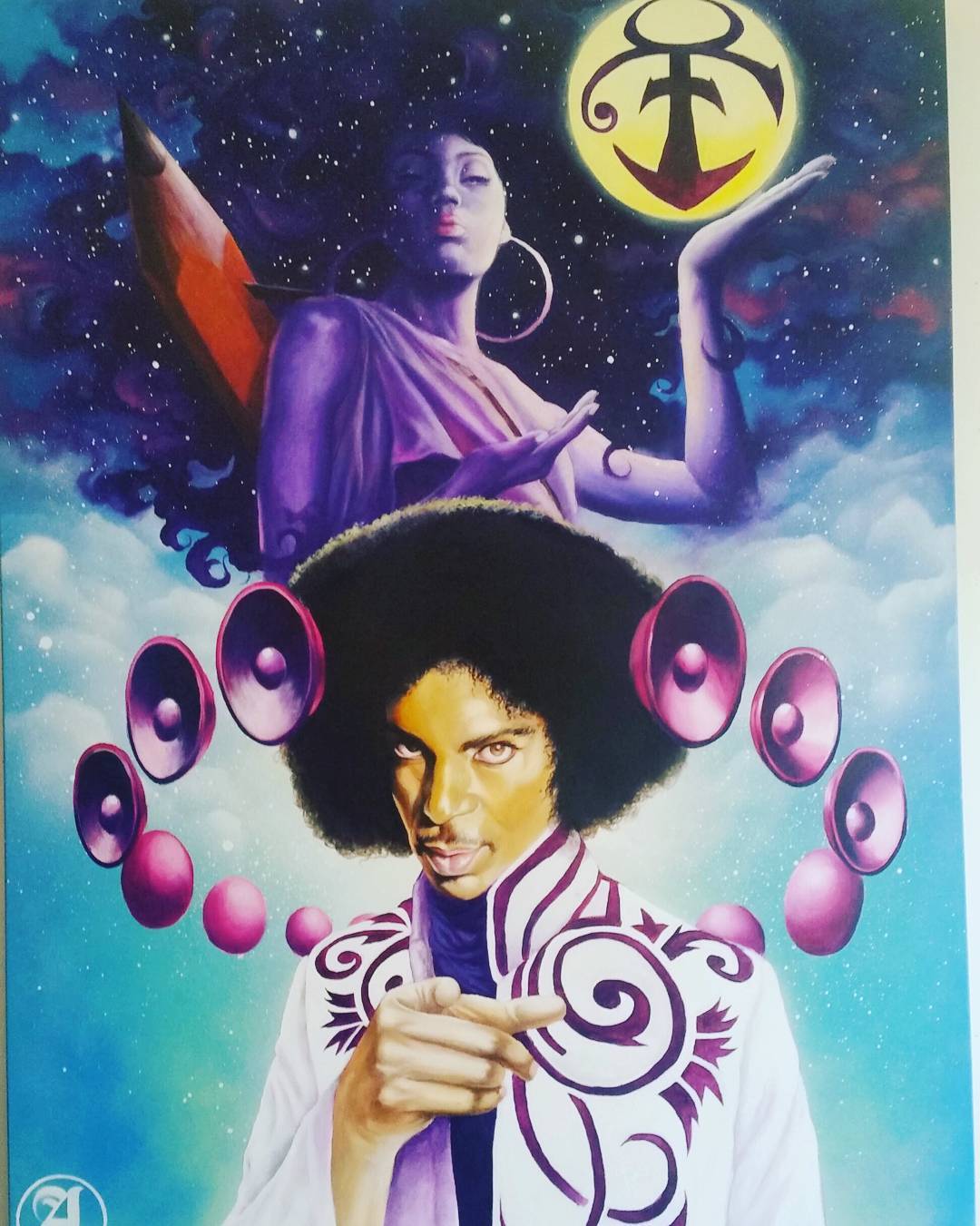Destination DC: The Arts District Murals with Aniekan Udofia
Washington D.C. wants you to know that the city is more than just a government town. As part of their Destination DC series, artist Aniekan Udofia tours the storied Arts District to see the murals he and others have created.
What is the approach and goal of the video? How does it interact with the Washington DC brand as a whole?
Destination DC: “The Arts District – Murals with Aniekan Udofia” is part one of a five-part video series aimed at highlighting DC’s thriving arts and culture scene. Along with DC’s storied musical history, groundbreaking dance and theater
offerings, and world-class museums, the diversity of our public artworks set us apart as a destination. Aniekan
Udofia, one of the city’s most prominent mural artists, is the perfect voice to lend authenticity to this story and
show viewers a side of Washington, DC they may not expect. The video, and the series as a whole, connects to
our ultimate goal as a brand, which is to emphasize that Washington, DC is more than the federal government
and more than the National Mall – it’s a city full of outdoor activities, Michelin-starred restaurants, major-league
sports, dynamic neighborhoods and exciting nightlife.
Who is the target audience for your digital content?
DDC: Based on quantitative and qualitative consumer research, we’ve identified psychographics of eight groups of
travelers most likely to consider Washington, DC for leisure vacations. Our digital content specifically targets
these travelers—from foodies to sports fanatics—in key markets: Boston, New York City, Philadelphia,
Baltimore, Richmond, Atlanta, Chicago and Los Angeles. Additionally, washington.org and its supported digital
content serves as a resource to locals with varying interests. The Arts District video series and its companion digital content reaches both locals and potential visitors in our target markets who display an affinity for the arts and may be influenced to travel to the District.
What trends do you see in how and where people travel?
DDC: Washington, DC welcomed 22.8 million visitors 2017—our 8th consecutive year of record visitation. While visitors
still want to check-off the bucket list items like monuments and memorials, our consumer research has proven
that more and more travelers are seeking out experiences that illuminate the real essence and culture of a city.
With our current and future content, we aim to address travelers’ shifting priorities.



